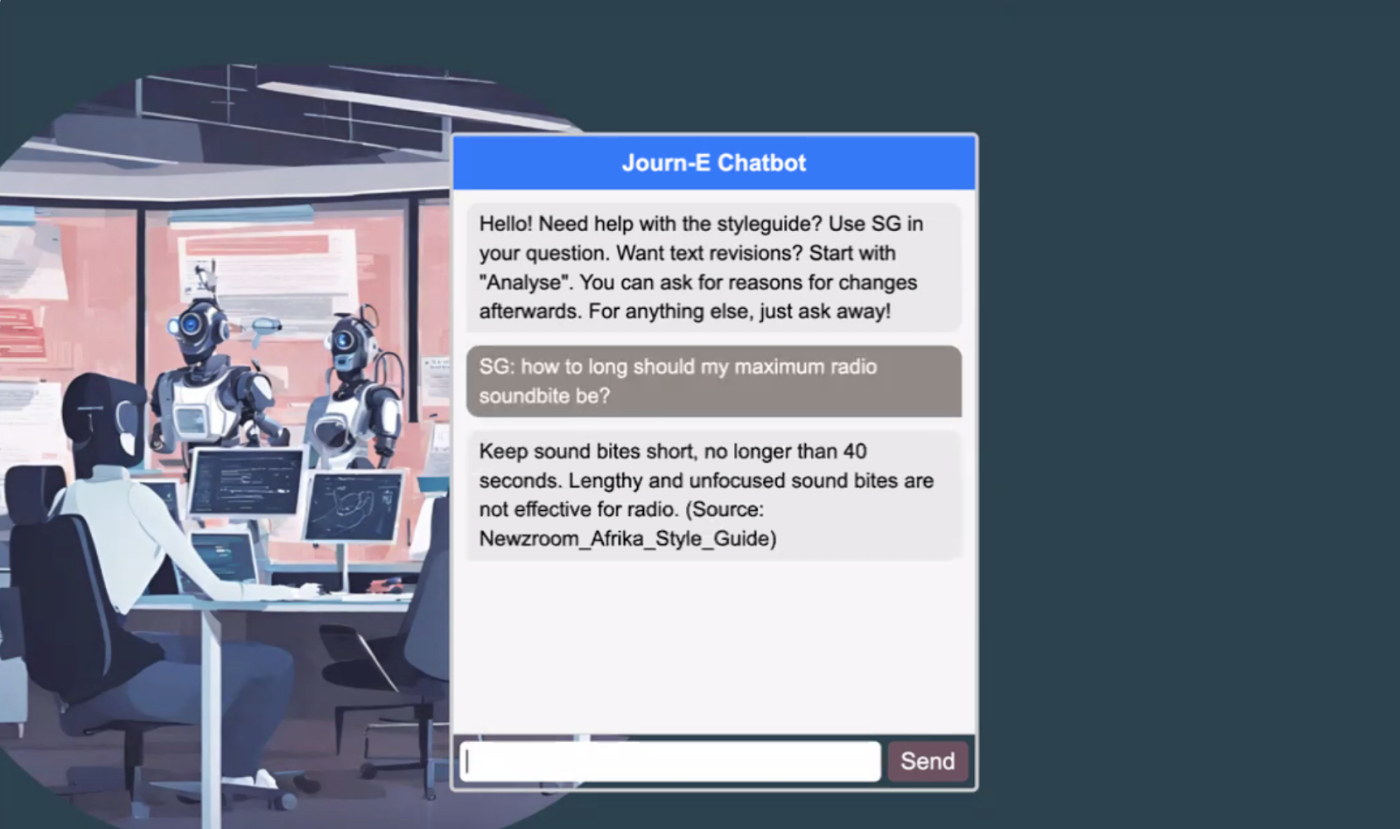
Sponsored By: Scrintal
This essay is brought to you by Scrintal, the game-changer for knowledge management. It's not just an app, it's a canvas of infinite ideas, offering bi-directional links for a seamless workflow. Perfect for research, project mapping, process formulation, planning, or studying - Scrintal lets you organize and connect all your thoughts in one place. Every subscribers get 10% off when you use the code EVERY10.
In fantasy books, when people get magic powers, they usually spend a lot of time figuring out how to use them. In our world, when people get magic powers, they mostly go about their day ignoring them.
I know this because that’s what you’re doing. You. You’ve got magic powers—you’ve just been distracted.
The truth is, if you have an idea that involves a keyboard, you can build it today. Doesn’t matter what it is. You can code anything in your imagination just by typing a few commands into ChatGPT. But, more than likely, you haven’t been using these powers. Why?
It’s not your fault. No one told you it was possible. After all, in fantasy books, there’s always a character who busts down the door in the middle of the night and announces your powers to you (and enswines your spiteful cousin for good measure). So let me do that for you:
Hey, you! You, over there, with the goofy expression on your face.
You’re a developer now.
Let me tell you how I know.
The borders of being ‘technical’ are expanding by the day
There used to be a well-defined line between who could build things and who couldn’t. Building was reserved for people who could code—people who were “technical.”
Sure, there’ve been waves of milquetoast no-code tools that purported to turn you into a developer for the past decade. But those turned out to be more like teaching people to play Guitar Hero than guitar.
AI changes this. Today it can take people who have been around tech for a long time, but have never coded, and with the right support, help them build and ship a product in 30 days.
I saw this first-hand at the demo day for the chatbot course I teach.
It’s a month-long course where we teach people with a range of technical skills—from those who have never coded before to professional developers—how to build an AI chatbot. The key enabling technology is ChatGPT, which acts as a coding assistant, personal tutor, and coach for the students.
I was stunned by the variety and quality of the demos. One student built a style guide bot that journalists could use to analyze their language to meet their publication’s tone and voice:
Another student built a bot that gave expert advice about the German immigration process:One built a bot that lets you talk with experts with different personas, like nutritionist, accountant, or trainer:
The Only Subscription
You Need to
Stay at the
Edge of AI
The essential toolkit for those shaping the future
"This might be the best value you
can get from an AI subscription."
- Jay S.
Join 100,000+ leaders, builders, and innovators

Email address
Already have an account? Sign in
What is included in a subscription?
Daily insights from AI pioneers + early access to powerful AI tools













Comments
Don't have an account? Sign up!
Dan always has the Goods.
@Zeromick thanks Brad :)
Love this article Dan, but I’m left desiring more. I have an app I’ve been wanting to build for years and was hoping this article would point me in the direction of which software/bootcamps/workshops are available for me to start with. I know the AI chatbot course is working great (congrats!) but what’s your advice for people who are looking to build an app?
Love this and agree with the thrust. Huge increase in who can build and how they will build.
It strikes me that there's still a ton of gotchas in the process that sometimes block even motivated users. We're abstracting as many of these gotchas (code writing, error correction, deployment, etc.) with https://www.create.xyz
But the real power does come from the LLM writing the code for your description and you rarely needing to peek under the hood
can you resend the link to your chatbot course? the link in the article is not working.